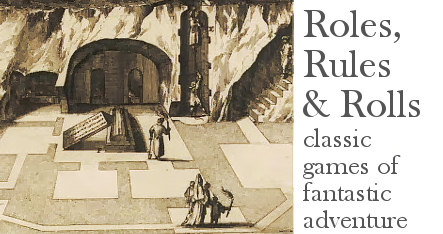The rest of the weapons posts will be less involved.
It's tempting to treat a one-handed mace or hammer as just an axe that doesn't chop. Its reason for existing, in historical warfare, is the same as the axe: to damage through armor, in this case more by concussion than by actual penetration.
The mace head is about the same weight as the axe head, but without a cutting edge. So, well, it doesn't chop. But it doesn't take that much skill to wield either. As long as you get a good swing you don't even have to worry about which way it's turned in your hand. The mace head can also come with attachments. You have your flanges, which are armor-piercing. You also have spikes, but come on, those skinny little things are going to break, blunt or bend if they hit anything hard, weakening the blow; or at least, they'll be stopped by the armor. This is true even if you are some renaissance fair dudes fooling around with a metal-shop mace. Spikes are more in the line of grapeshot; really nasty against unarmored flesh.
This is an argument for making it a strictly inferior weapon to an axe, but also available to less skilled warriors. Such as clerics. Oh wait, maces-for-clerics is a completely made up thing based on one image taken out of context.
To add insult to injury the mace is actually better than the sword in the common situation of fighting half-hit-die or less monsters. As a teenage AD&D player I noticed that the mace, at its classic 1d6+1 damage, was guaranteed to kill a 2 hit point critter while a longsword would fail to kill 1 time in 8! A morning star was even better for whomping rats, and actually even better than a longsword, with 2d4 doing on average half a point more than 1d8, and a 2 only being rolled every 1 in 16. For a while my fighter would tote sword and morningstar around, like a true min-maxer.
Stepping back and looking through the lens of rules philosophy, this is wack. An emergent property of the dice used for simulation, the "mace advantage" exists entirely on the game layer, and isn't even signalled for the player - you have to be a low-grade math nerd to figure it out. I think this is one of the rules abominations John over at the 9&30 Kingdoms is warning about with the evocative phrase "incestuous complexity." And you know what? It's not even that much of a deal. Using my experience as a high-grade math nerd to figure out how much advantage the mace gives you over the sword, on average it only gives a 6% greater chance of one-hit killing a 1d4 hit point creature.
On the other hand ... that flattened spread of damage is nice to simulate something that either hits you or it doesn't. If you get grazed by an axe, that bleeds; by a mace, that tickles.
So, have the flat damage, but tip players off. And add the quiddity.
Maces have a "flat" damage roll based on d6, plus a bonus. Because they do a minimum of 2 points of damage, they are slightly better than other weapons at reliably killing monsters with low hit points.
Crude mace: Iron ball or stone disc on a stick. Plain d6+1.
Flanged mace: d6+1, same bonus against armor as an axe (+1 to hit per 3 points). The difference is that maces are good against skeletons; axes are good against wood.
Spiked mace: d6+1, with 1 extra damage vs. an opponent with only 1 or 2 points of armor (AC 9/10 through 7/12). This will really bring it to those giant rats ...
Clubs based on only d6, spikes give +1 as above. It's not easy being cheap.
Subscribe to:
Post Comments (Atom)



You could always use the head of the axe as a mace, couldn't you?
ReplyDeleteMaybe. Or a spear haft as a staff and so on. I really did waffle back and forth between axe and mace being pretty much interchangeable, and the system I ended up with. I'd certainly be open to that kind of ruling if a player came up with it.
ReplyDelete